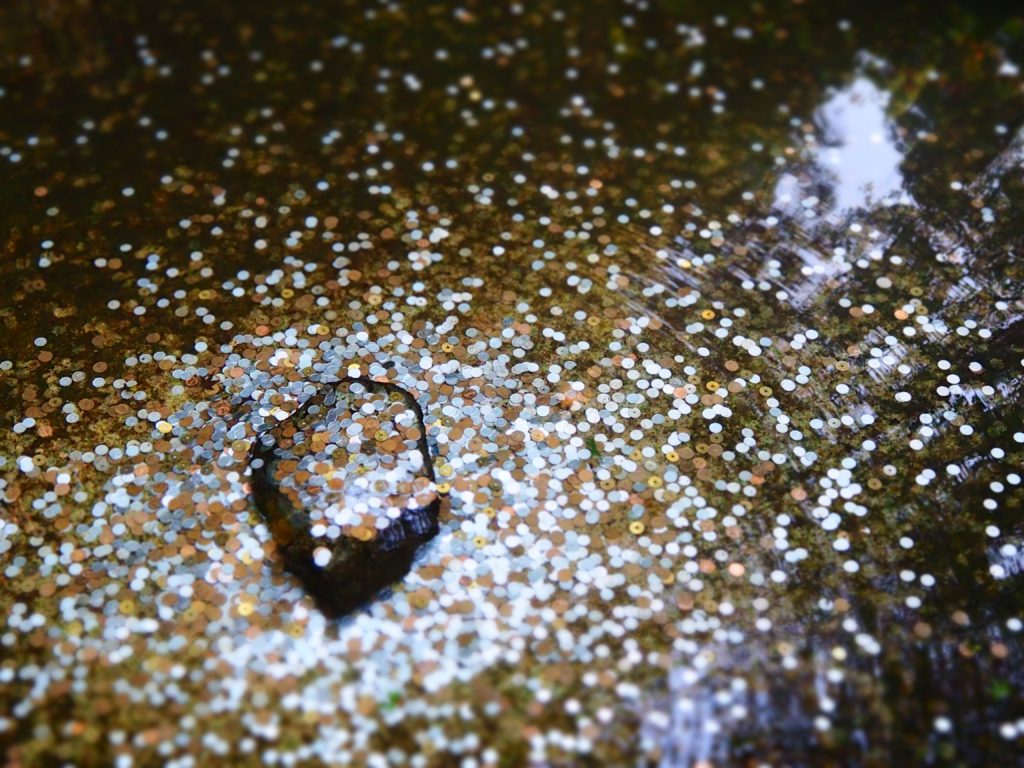Fundraising can feel like one of the most vexing components of running an outdoor program. It can seem difficult to know exactly where to look for funds and how to apply for them, especially with the threat of rejection looming with each grant application. The thing is – you have to ask for funding in order to receive it, so it’s always worth giving it a try!
Here, we’ll focus on the basics of grant writing as a funding tool. In the non-profit world, grants are typically conditions-based financial (or in-kind) gifts based on a program or project outlined by the grantee that will address a certain problem or issue that is significant to the grantor.
When you’re finished reading, we suggest you head over to TYO’s Fund Development Path, where you can access many of the resources mentioned here and learn about other funding options for your program or organization.
GRANT SOURCES
While it may not be enough to fund every worthwhile project or program, there is actually a lot of grant-based funding available in the United States. Here are the four main types:
- Federal government grants: These opportunities often depend on the platform and priorities of the current administration. The federal grant process can progress at a slower pace than other funding outlets, and may require adherence to specific procedure and protocol. The upside? There’s plenty of money out there if you know where to find it – start with grants.gov.
- State, county, or city government grants: These opportunities can be a little more difficult to find, since they’re often buried within various agency websites – but it’s absolutely worth having a peek to see what’s out there. Consider the focus of your work – youth engagement, natural resources, parks and recreation – and use that to focus your search.
- Private foundations: In the United States, almost $10 billion is awarded annually from private foundations. Funds are typically aligned with the foundation’s mission or a particular cause. Research both national and local foundations; one great place to start is the Foundation Center website, which offers an amazing directory service.
- Corporate giving: Major corporations, from General Mills to Verizon, often provide grants and other types of donations. The only catch is that you may be required to include their name and/or logo in various program materials to acknowledge their contribution. Here is a short list to help you brainstorm potential grantors in this space.
In addition to the information above, we’ve put together an overview of some other outlets where you can research grant opportunities.
CHOOSING GRANTS
While it might seem tempting to apply for as many grants as possible to increase your odds of landing one of them, it’s really important to target your efforts to find the right match. Here are four things to keep in mind as you research opportunities:
- Eligibility: Basically – does your program or project match all of the requirements listed in the grant outline?
- Fit: To expand on the question of eligibility, it’s important to consider whether your program is the right fit for the funder. Will your work help advance their goals and mission? Is your project the type they are seeking to fund? Are you serving a similar population, and operating in the correct geographic region (if necessary)? Have they funded similar projects before? Can you meet any match requirements that are listed?
- Finances: Is the available level of funding the right amount for your proposal? Timeline: Will you be able to submit all materials on time? When are funds awarded, and will that timeline work with your proposed project?
GRANT COMPONENTS
Before you put pen to paper, it’s important to understand the components of a typical grant proposal:
- Title: This should be catchy and convey the essence of what the project is about.
- Abstract: This is a clear, concise, one-paragraph elevator pitch that describes your project, how you’ll bring it to life, and why it will be successful. It’s recommended that you write this last, since you’ll have a much better grasp after working on the rest of the proposal.
- Description: Use this section to convince the funder that you understand the need or problem your project will address and know what impact you can make; be as specific as you can.
- Population served: Describe the specific demographics of the population your project will target and why it’s important to serve them.
- Goals: These help form a concise statement about the project’s purpose, i.e. “The goal of this project is to …” Make sure they’re simple, but also specific, measurable, achievable, realistic, and timely. Also ensure they flow logically from the description and narrative you provide.
- Narrative: This is the meat of your proposal, which means it’s often the most detailed and lengthy portion. This is your plan of action, where you’ll discuss every step that will allow you to meet the goals you outlined. Remember to include the basics – who, what, when, where, and how – and list specific activities that will serve your goals.
- Metrics: Include any numbers requested by the funder, along with your own related to how many people you’ll serve or engage, how many partners you’ll work with, how many hours will be spent on the project, and so on.
- Budget: Be as specific as you can when discussing budget – it’s absolutely appropriate to ask for an amount like $2,067.50, because it shows that you’ve actually considered the real cost (and cost per participant) of funding your project, rather than simply spitballing a number.
- Timeline: Remain aware of when grant materials are due and adhere to any deadlines.
- Other assets: This will vary by proposal, but may include a letter of support, photos, and/or video.
GRANT WRITING TIPS
Here are some tips to help you during the grant writing process:
- Follow guidelines: This one’s a no-brainer, but still – read and re-read the guidelines for the grant, then follow them to the letter. Reach out and ask questions if there’s any part of the process you’re unsure about.
- Be specific: A grant is not just an idea, it’s an actual plan – make sure you nail down as many specifics as possible. This shows that you understand exactly how you’d use any funding you receive.
- Be mindful of language: Write in the third person, and write as if speaking to your funding source. Use the clear, correct language of your field without getting buried in jargon or flowery language.
- Persuade and inform: Use your writing to inform the reader about the work you want to do, while also using reputable, current data to back up your assertions. Do not include personal opinions and avoid any biased language.
- Be creative: Funders are looking for innovative and creative proposals; a small bit of colorful description and a unique project will carry you a long way.
- Focus on “How”: While it’s important to describe the need you’re addressing, this should already be aligned with the funder’s mission or goals, so it’s best to devote most of your time to a detailed description of how your project will operate and address this need.
- Edit: Set the proposal aside for at least a day before you begin to edit. When you do, aim to edit for clarity and conciseness.
- Use teamwork: Assemble an internal team that will help throughout the grant writing process. Ask someone to read the finished proposal, then summarize your project at the end.
Check out TYO’s Grant Writing 101 and Introduction to Proposal Writing webinars for more suggestions on how to craft a great grant proposal.
OTHER TOOLS
Here are a few other tools to help you through the grant writing process:
- A simple flowchart to help you stay on top of the grant process from start to finish
- A grant log template to help you keep track of your submissions
- A calendar template that will help you track overall fundraising efforts
- A general proposal template you can use to help craft your own
- Sample proposals from the YMCA and Sierra Club
FINALLY…LEARN TO ACCEPT REJECTION
Yes, rejection is a part of the game when you’re looking for grants. The reality is, however, that most rejections happen not because the proposal isn’t good or interesting; it’s because they don’t have enough funding to go around. Use this as an opportunity to fine-tune your proposal for the next submission. Ask questions to gain feedback, if possible, and use this advice to strengthen your proposal. Try and try again – success rates only increase on second and third submissions – it just may be that third time’s the charm!



